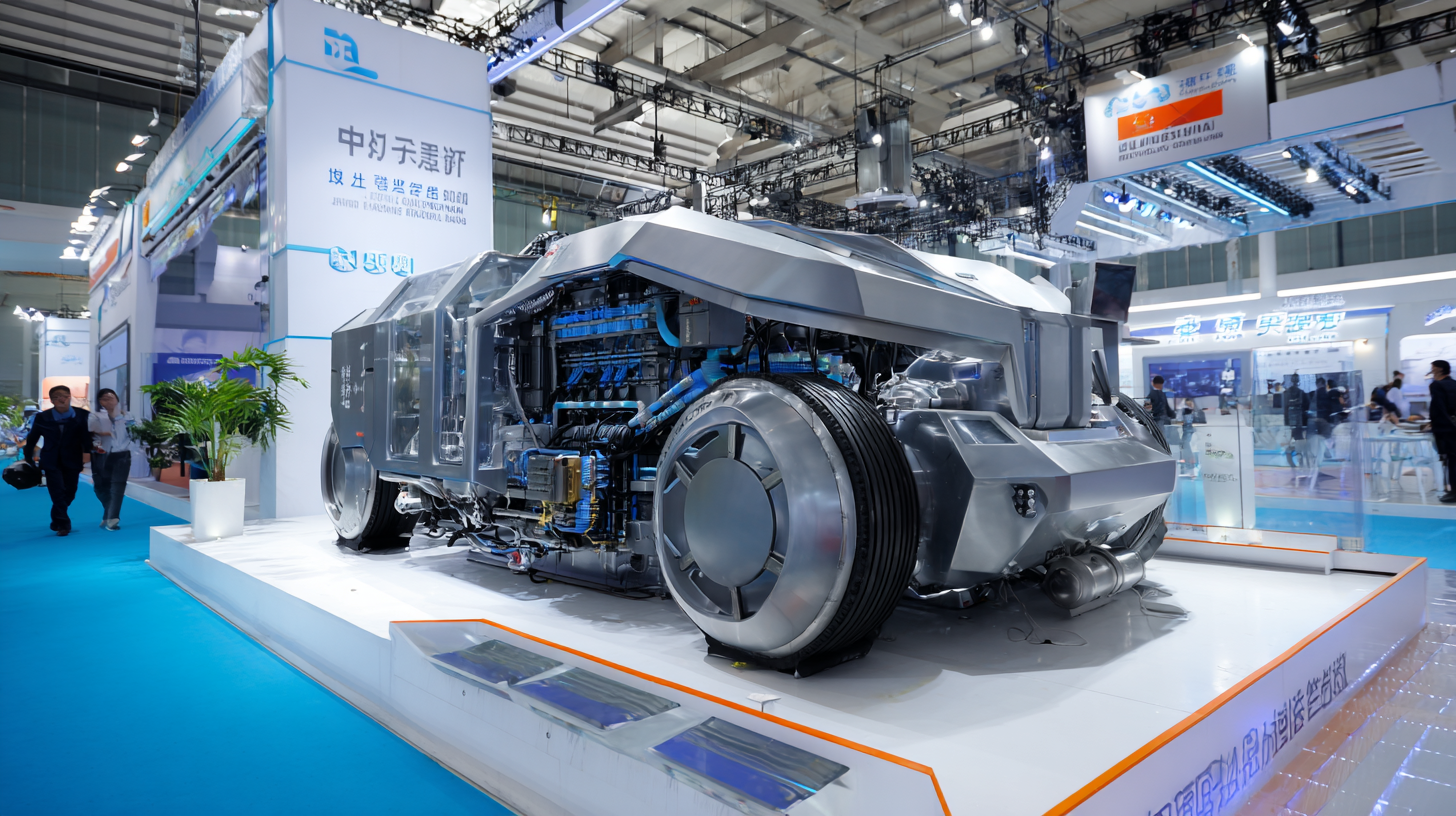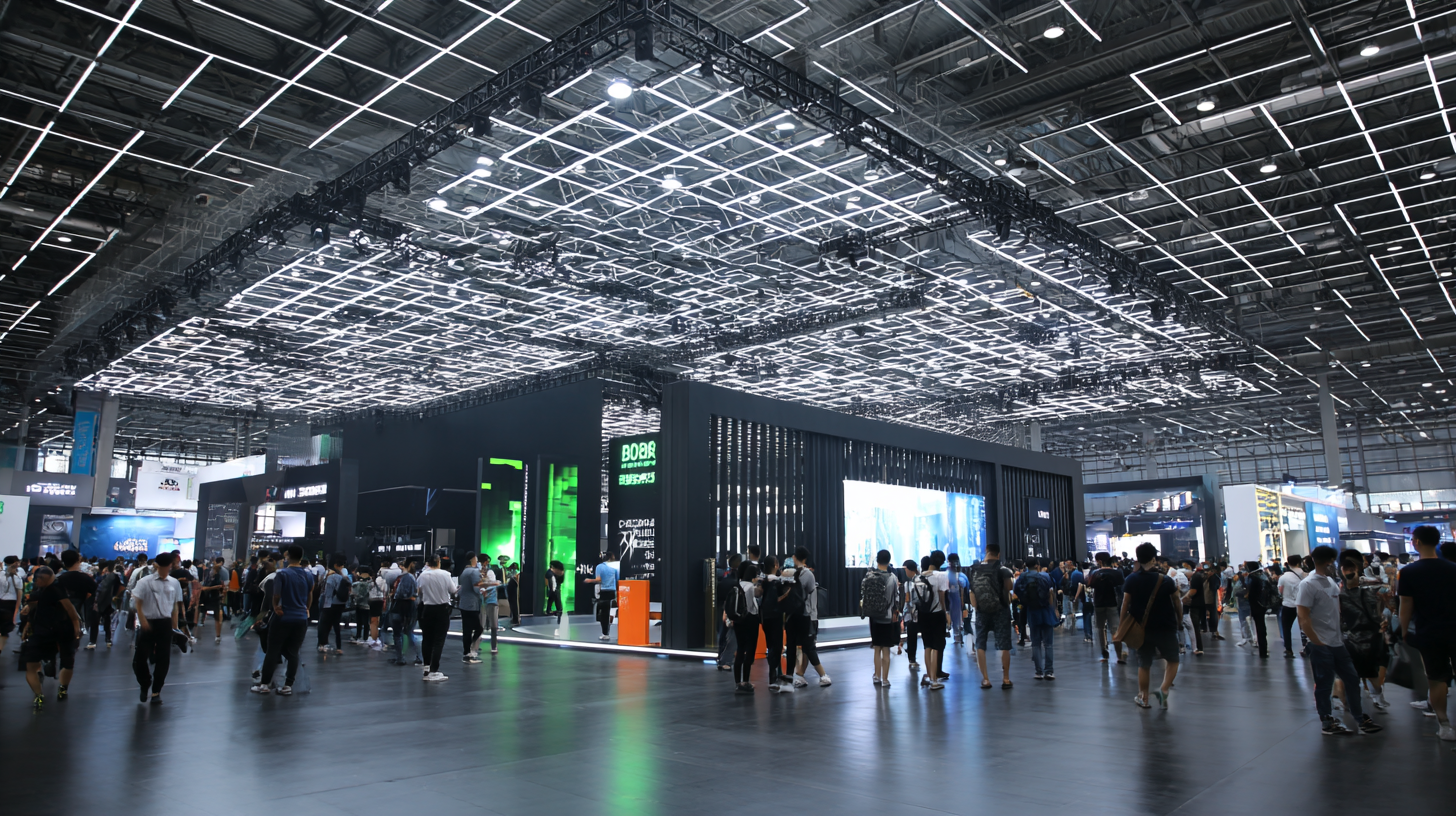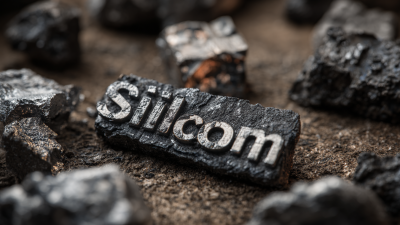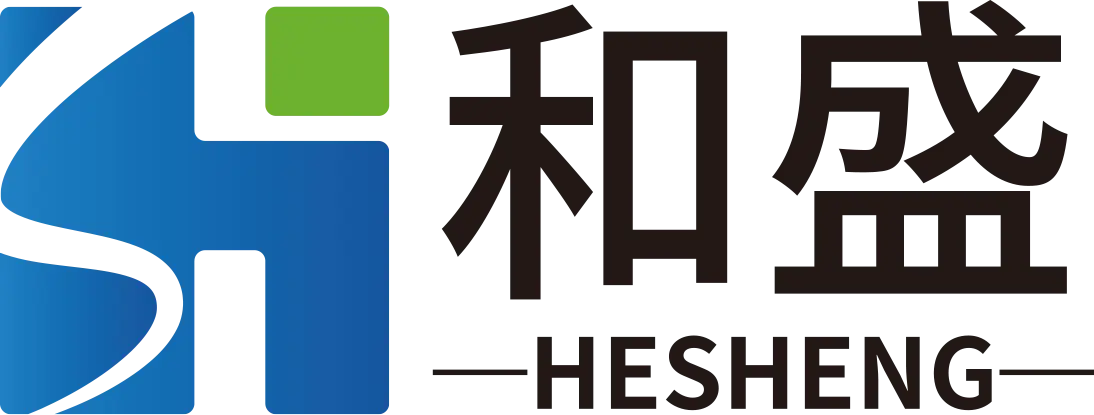Leave Your Message
As the global silicon market continues to evolve, the significance of Metallic Silicon is poised to take center stage at the 138th China Import and Export Fair in 2025. Recent industry reports indicate that the demand for Metallic Silicon is projected to reach 3.5 million tons by 2026, driven by its essential role in the production of silicon-based solar cells and electronics. With China accounting for over 60% of global production and consumption, the fair presents a unique platform for international stakeholders to explore innovative applications and sustainable practices in the Metallic Silicon sector.

Furthermore, as the transition to renewable energy accelerates, the need for high-purity Metallic Silicon will become increasingly critical, offering a glimpse into a future where advanced materials propel technological advancements and environmental sustainability. The 138th China Import and Export Fair thus promises to be a pivotal event, showcasing cutting-edge developments in this vital industry.
The future of metallic silicon production technologies is anticipated to evolve significantly, shaped by emerging trends and advancements. According to industry analysis reports, the silicon metal market is projected to see substantial growth between 2025 and 2032, driven by rising applications in solar photovoltaic technology and battery materials. Notably, recent breakthroughs in silicon-carbon anodes have opened new avenues for battery technologies, poised to rival traditional lithium-ion batteries in efficiency, cost, and sustainability. This shift underscores the increasing importance of metallic silicon in the clean energy transition.
Moreover, advancements in photovoltaic technologies continue to enhance the efficiency and feasibility of silicon solar cells. Historical market data reveals a revolution in crystalline silicon solar cell manufacturing, particularly with the evolution of the Al-BSF structure, which has significantly improved performance metrics. Challenges remain in scaling these technologies and addressing regional production differences, but the overall trajectory indicates a robust demand for innovative production techniques and applications. The metallic silicon sector is therefore at a crucial juncture, with 2025 marking a pivotal year for technological breakthroughs that could redefine the industry landscape.
The 138th China Import and Export Fair in 2025 promises to be a pivotal event for the exploration of metallic silicon and its innovative applications across various industries. As noted in a recent report by MarketsandMarkets, the metallic silicon market is projected to reach USD 2.1 billion by 2025, with a compound annual growth rate (CAGR) of 4.1% from 2020. This growth is driven by the increasing demand for silicon in the production of semiconductors, solar cells, and aluminum alloys.
One of the most fascinating advancements in the application of metallic silicon is in the renewable energy sector. According to the International Energy Agency, solar photovoltaic (PV) technology has become the fastest-growing source of electricity generation, and metallic silicon is a critical component in the manufacture of high-efficiency solar cells. Innovations in silicon purification processes can potentially enhance the efficiency of these cells, allowing them to convert more sunlight into energy and contributing to the global transition to sustainable energy. These developments are just a glimpse into how metallic silicon will be at the forefront of industrial innovations showcased at the fair.
| Application Area | Innovation Description | Potential Impact | Market Growth Rate (%) |
|---|---|---|---|
| Solar Cells | Enhanced efficiency through advanced metallic silicon coatings. | Increased energy conversion rates. | 15% |
| Semiconductors | Development of high-purity silicon for next-gen chips. | Improved performance in electronic devices. | 10% |
| Alloy Materials | Creation of new silicon-based alloys for automotive applications. | Lighter and more durable materials. | 12% |
| Energy Storage | Innovative silicon-based composites for batteries. | Enhanced battery life and efficiency. | 18% |
| Chemical Industry | Utilization of metallic silicon in chemical syntheses. | Increase in reaction efficiency. | 14% |
The global trade of metallic silicon is poised for significant opportunities, particularly as the market adjusts to evolving demand from various sectors such as electric vehicles (EVs) and renewable energy. According to the "Silicon Metal Material Market Report 2025", the market value is projected to reach USD 12.19 billion, driven by the increasing consumption of silicon in alloys, semiconductors, and solar panel applications. The expansion of the EV market is particularly noteworthy, as it is set to raise the demand for silicon metal due to its crucial role in battery production and energy storage solutions.
As the 138th China Import and Export Fair in 2025 approaches, businesses involved in the metallic silicon supply chain should remain vigilant about market dynamics. Insights from industry reports indicate that U.S. silicon metal markets are set to experience a boom, with expected trends showcasing a significant increase in production and strategic growth opportunities. Despite potential trade barriers, insights from sources suggest that the supply chain for silicon metal remains robust, minimizing disruptions and allowing for strategic investments in production capabilities.
Tips: To capitalize on these market opportunities, companies should consider diversifying their product applications and enhancing their supply chain resilience. Staying informed on tariff impacts and regional market shifts will also be essential for making strategic decisions in the fluctuating landscape of global silicon trade.
At the 138th China Import and Export Fair in 2025, the focus on sustainability practices within metallic silicon manufacturing is expected to take center stage. As the demand for metallic silicon continues to rise, driven by its crucial role in various industries, including electronics and renewable energy, manufacturers are being called to adopt eco-friendly methods that minimize environmental impact. Strategies such as recycling silicon scrap, improving energy efficiency, and utilizing renewable energy sources during production are gaining traction, reflecting a global commitment to sustainability.

In addition to recycling and energy conservation, innovation in manufacturing processes is pivotal for achieving sustainable metallic silicon production. Developing advanced technologies that reduce emissions, enhance material yield, and lower resource consumption will be essential for meeting both market and environmental demands. Furthermore, collaboration between manufacturers, researchers, and policymakers will play a critical role in establishing best practices and standards. By highlighting these sustainability practices at the fair, the industry can showcase its commitment to a greener future while addressing the challenges of supply chain sustainability and resource management.
The 138th China Import and Export Fair in 2025 serves as an ideal platform for industry leaders and innovators to network and collaborate on metallic silicon advancements. As global demand for silicon continues to soar—projected to reach 7.5 million metric tons by 2025—stakeholders at the fair can explore new partnership opportunities. Companies specializing in photovoltaic technology and semiconductor applications are particularly keen on exploring the latest trends and innovations in metallic silicon, essential for manufacturing solar cells and microchips.
Effective networking strategies can pave the way for successful collaborations. Attendees should aim to engage in meaningful conversations, share insights on market trends, and discuss potential joint ventures. Utilizing social media platforms to connect pre- and post-event can enhance professional relationships, creating a foundation for future projects.
Tip: Prepare an elevator pitch that clearly highlights your company’s strengths and value proposition in the metallic silicon sector. This approach can facilitate quicker connections and spark interest among prospective partners at the fair. Additionally, stay updated on the latest market reports—such as the Silicon Industry Association's annual overview—which provide critical insights into competitive dynamics and emerging opportunities.







